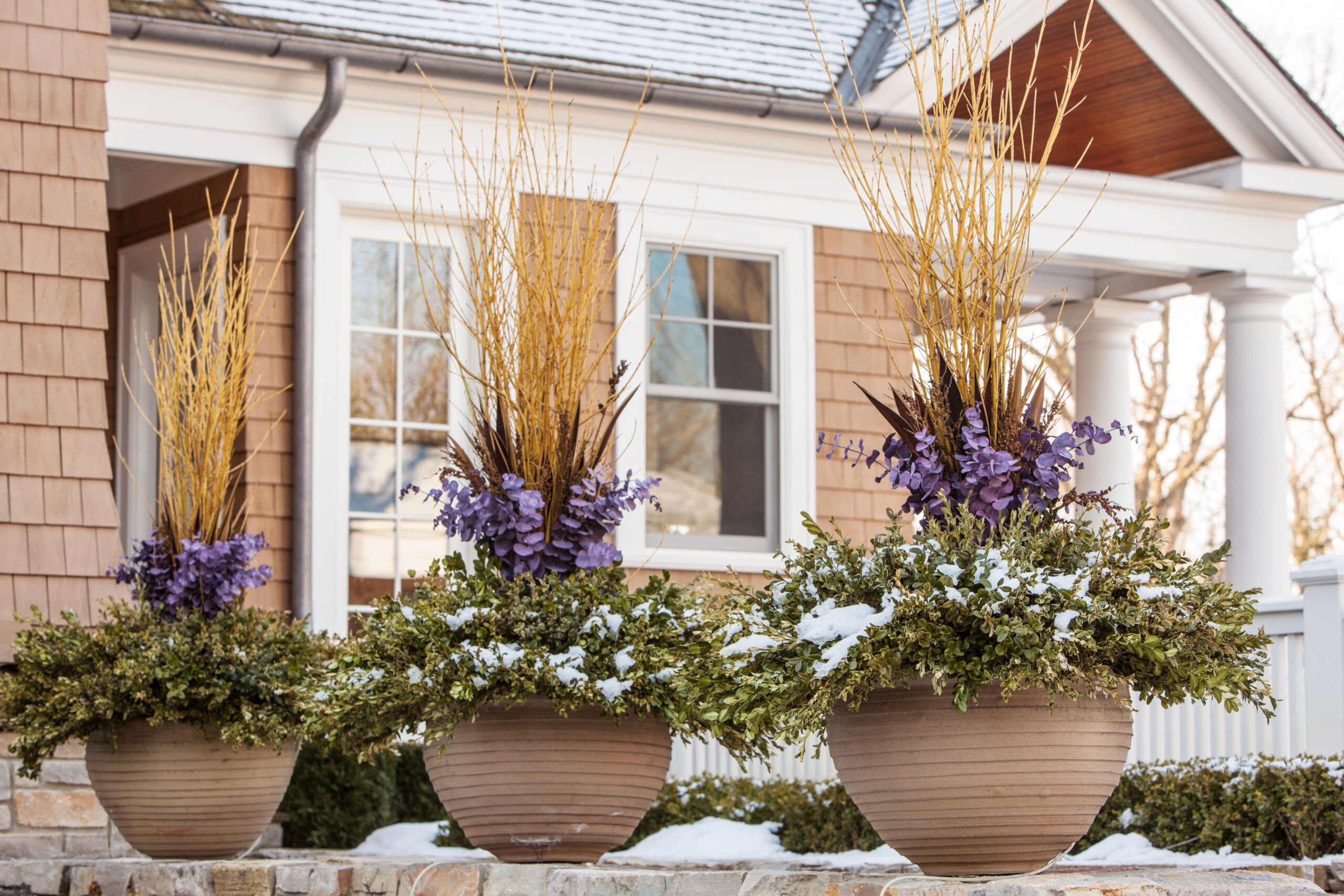In your yard, you will have all varieties of stunning annuals, tropical vegetation, veggies, and herbs that you just’d want to have the benefit of for as long as doable sooner than the first frost date. As quickly as air temperatures drop to 36°F or beneath, the leaves of these vegetation will wither and blacken, bringing your yard celebration to a halt. Determining your space’s frequent first frost date helps you get ahead of those potential points, supplying you with time to convey frost-sensitive vegetation indoors and clear up your yard for the winter. Luckily, there are a selection of sources that may help you establish when to do this.
Ally Brangham
First Freeze Map and Frequent First Frost Dates
To get started, uncover the place you reside on the map above. It displays six fully totally different time durations, each spanning a few month from the highest of June to the highest of December. Each of these is color-coded to the areas the place the first frost can happen all through that adjust of dates. As an illustration, once you keep in Ohio, you would get your first fall frost sometime between September 30 and October 30.
If you want to slim down your window of time a bit further, this beneficial on-line instrument created by the Nationwide Gardening Affiliation would possibly enable you uncover first frost dates by ZIP code. It makes use of local weather data from the Nationwide Amenities for Environmental Information nevertheless packages it so that you simply see merely the numbers that apply to your area.
Uncover Your USDA Plant Hardiness Zone
One different helpful helpful useful resource is the USDA Plant Hardiness Zone Map. It displays how chilly your space can get inside the winter. You presumably can search by ZIP code or your state to go looking out your USDA Zone. Your Zone amount would possibly enable you notice which vegetation is perhaps hardy in your area and extra more likely to survive your winter local weather, collectively along with your first fall frost. The current mannequin of the USDA map was created in 2012 and is the most recent in a protracted line of maps displaying averages of the coldest winter temperatures.
Microclimates and Frequent First Frost Dates
Your yard, or maybe a specific spot in it, might experience frost correctly sooner than others in your neighborhood. That is because of microclimates, which might be attributable to components that affect air temperatures near the underside, similar to elevation. Once you keep on the bottom of a hill, slope, or valley, the chilly air will motion proper all the way down to you, making your property colder than the surrounding ones, and your first frost will happen earlier. Likewise, a sheltered spot couldn’t have frost until a variety of weeks after totally different areas. Preserve this in ideas when a lightweight frost is predicted; your yard merely might get by unscathed until temperatures drop way more.
Bob Stefko
Crops That Acquired’t Survive a First Frost Date
Annuals
Most annuals and tender perennials die off when Jack Frost comes spherical. Whether it is solely a lightweight frost, usually you could preserve your geraniums or bedding vegetation going a bit longer once you cowl them in a single day with an earlier sheet or towel. Uncover them when temperatures rise the next day. This goes in your pots of fall mums, too, which could take a lightweight frost nevertheless not a tricky freeze.
Container Plantings
Take a look at the tags of any vegetation you is perhaps rising in containers. These listed as USDA Zones 9 to 14, similar to coleus, elephant ears, and begonias, might be launched proper right into a storage or shed sooner than a lightweight frost. When the local weather warms up as soon as extra, you could switch them once more exterior to have the benefit of just a bit longer.
Once you wish to maneuver your houseplants like philodendrons and tropical ferns exterior for the summer season, know that they will be damaged when night temperatures cool to 45°F to 50°F. In case you want to preserve them going, convey them indoors correctly sooner than the first frost.
Herbs and Summer season Greens
Many herbs and summer season greens is not going to tolerate loads frost. So harvest these remaining tomatoes (even the inexperienced ones); cut back bouquets of dahlias, zinnias, and marigolds; make pesto with the ultimate of your basil; pickle the cucumbers; or determine a pint of peppers when a cold snap is coming.
Then say goodbye to your summer season yard associates, cut back down the vegetation, and put them on the compost pile. It’s way more good to do the slicing sooner than a freeze turns these vegetation black and slimy. You presumably can depart cool-season crops like lettuce and potatoes just a bit longer, nevertheless harvest the produce sooner than heavy frost at 28°F or lower damages them.
